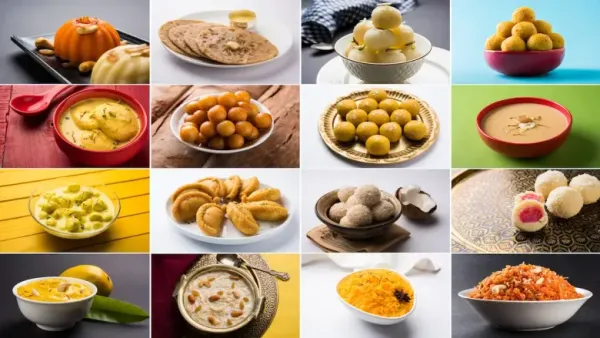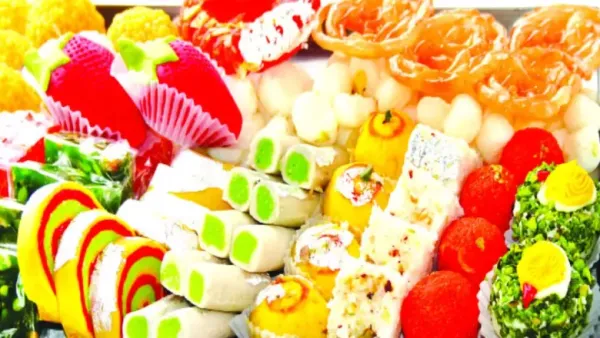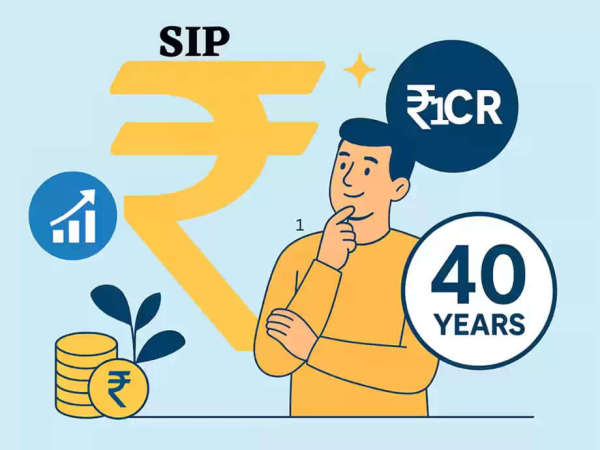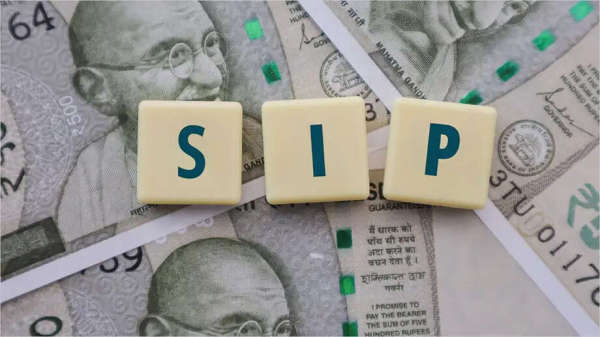
Summary: From Khoya to Chandi Vark, know how to spot the truth about fake sweets.
With the increase in demand for sweets in the excitement of Diwali, the risk of adulteration also increases rapidly. In such a situation, it is important to know the identity of real and fake sweets, so that along with the sweetness of the festival, your health is also safe.
Fake Sweets on Diwali: Diwali is a festival of lights, happiness and sweetness. Lamps are lit in every house, intimacy in relationships dissolves and the aroma of sweets spreads in every street and locality. But, amidst this sweetness, there is also a bitter truth hidden: fake and adulterated. sweets of. Consuming these sweets is no less than poison for health. so this Diwali Keep in mind not just the taste, but also the safety. Know how to identify the sweets being sold in the market, so that the sweetness of the festival remains intact along with your health.
Why does adulteration in sweets increase on Diwali?
The demand for sweets increases manifold on Diwali. To meet this increased demand, many shopkeepers and factories start using cheap and inferior goods. For example, detergents, chemicals, or synthetic milk are added to substances like khoya, milk, and ghee. Aluminum foil is used instead of silver work. Artificial chemicals are added to enhance color and fragrance, which are harmful for the body.
How to identify khoya or mawa
Khoya is considered to be the most adulterated substance. It is easy to identify whether it is real or fake. Take a small piece and crush it between thumb and finger. If it starts sticking, it may contain artificial substances like soap or detergent. The color of real mawa is light yellow and its aroma is natural. Fake mawa has a slight odor and spoils quickly.
identification of silver work
Many shopkeepers use aluminum foil instead of real silver, which is harmful for health. Real silver work does not stick to the finger, whereas aluminum work does stick. You can also check the working of sweets by burning them. Real silver does not burn, whereas fake foil leaves behind black ash when burnt.
Investigation of adulteration of ghee and oil
Adulteration in ghee and oil is also common during festivals. For this, put one spoon of ghee in a glass bottle and keep it in the refrigerator. Real ghee solidifies, whereas adulterated ghee gets divided into different layers. When ghee is heated, its smell should be like pure milk, if it smells like burning or plastic, then refined oil has been mixed in it.
Be careful of colorful sweets

As attractive as Gulab Jamun, Peda or shiny laddus look, they can also be dangerous. These often contain artificial or synthetic colors added which can cause skin diseases and stomach problems. Such colors dissolve in water. Try putting a small piece of sweet in water. If the color of the water changes, then understand that the sweets are adulterated.
milk and chhena test
When real milk is heated, foam is formed, whereas adulterated milk does not foam. If Chhena or Rasgulla seems too white and spongy, synthetic milk powder or detergent can be added to it.
What can happen by consuming adulterated sweets?
- food poisoning,
- Liver and kidney problems,
- skin allergies, and
- Serious diseases like cancer may occur.
The real sweetness of Diwali lies only when you and your family remain healthy and safe. Therefore, this time while buying sweets, not only check the taste but also check the safety. A little caution can make your Diwali sweeter and safer.
-
SIP Calculator: If you get hold of this formula, you've hit the jackpot! The 20X15X25 rule will yield a full ₹5 crore..

-
The Power of SIPs: How to Make 1 Crore Rupees by the Age of 40? Now Learn the Full Calculation and Become Rich..

-
SIP Tips: A straightforward path to accumulating ₹1 crore by 2035! Using SIP correctly will change your fortune..

-
Mappls Update: This 'desi' app will make you forget Google Maps, Mappls will make your journey 'easy and safe'...

-
ChatGPT: Soon you will be able to make UPI payments through ChatGPT, this is how AI shopping will be done..
